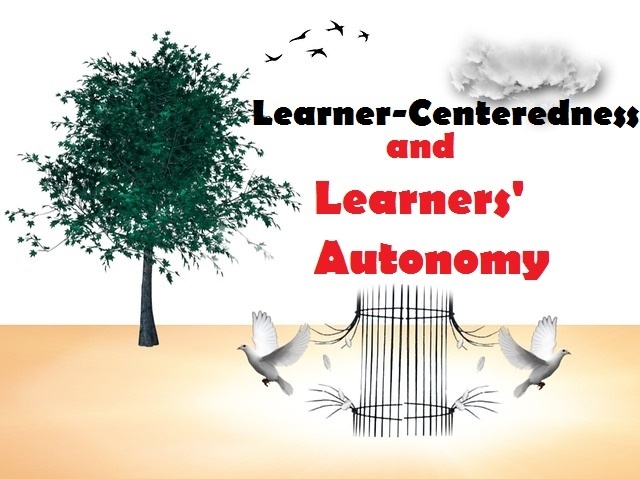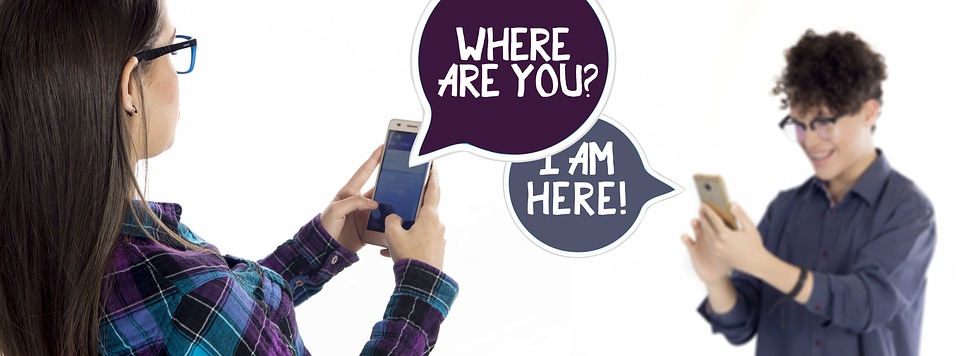Reasons for Teachers to Try Out Flipped Classrooms
The contemporary era is seeing a lot of changes in the education sphere. Currently, learning can happen more productively anywhere and at any time. Traditional learning modes are no longer the sole mediums of imparting knowledge to learners. Students can leverage online materials and resources to study remotely.
More so, technologies like VR, AI, and gamification are reshaping the education system. If teachers always relied on scheduling field trips to support in-class learning, that’s not the story anymore. Right in the classroom or in their comfort zones, students can use technologies like virtual reality (VR) to reach destinations they once dreamt of or just imagined.
These technologies are immersive learning experiences that even render learning more impactful. Besides that, the new era is also seeing a rise in flipped classrooms. This is a trend that’s gaining popularity globally in the education sphere. As a teacher, you may have heard about it or would love to introduce it to your classroom. But how much do you understand about flipped classrooms?
What Flipped Classrooms Really Are!
Flipped classrooms are a learning or teaching approach that encourages learners to review study material beforehand. A teacher can craft learning material about a topic i.e notes and videos, even those from third parties, and then hand them over to students to study before discussing the topic in the classroom.
The teaching or learning approach is effective and promotes deep learning. It also personalizes learning experiences and makes students highly self-reliant. Flipped classrooms are a blended learning approach, suitable for both online and offline learning.
Flipped classrooms have gained huge popularity globally, and the latest findings indicate that flipped classrooms can promote active learning, learners’ motivation, and collaboration. To substantiate, another survey indicated that 71% of the teachers who introduced students to flipped classrooms saw an improvement in students’ grades. That means that teachers can leverage this innovative learning approach to improve students’ academic performance and learning experiences. Further reasons for teachers to introduce flipped classrooms to their students include;
1 – Cultivates Independent Learning Skills
There is no doubt that flipped classrooms enhance students’ learning capabilities. We live in a competitive era where there is no room for mediocrity. Learners need to develop several competencies before leaving school. Traits like critical thinking skills, independent thinking, and problem-solving skills have become a must-have.
And how can learners develop all these? Flipped classrooms can pave the way for this! Flipped classrooms encourage learners to introduce their minds to topics before a teacher discusses them in the classroom. This eliminates spoon-feeding, a major trait of the traditional teaching approach. However, with flipped classrooms, learners are able to set smart goals i.e to read about a topic and think about it critically in order to be able to talk about it in the classroom. This type of learning enhances learners’ cognitive abilities and flexibility which helps them become adept in and out of school.
2 – Optimizes Classroom Time
With the fact that learners study topics prior to the synchronous class, flipped classrooms optimize classroom time. Instead of a teacher spending a lot of time explaining a complicated topic, they will spend less with an assurance that the students have grasped the content thoroughly.
Instead, teachers engage students with group discussions, presentations, and topic revisitation to digest and absorb content better. There is also more confidence that the learners understand the topics and can excellently attempt them in an exam. This relieves a lot of burden from a teacher’s shoulders who is ever concerned about students’ academic performance.
3 – Paves Way for Deeper Understanding of Concepts
There are generally two forms of learning, i.e deep and surface learning. Surface learning is a passive learning approach that limits students to what the teacher or the books says. However, deep learning is an approach where students explore the topic dimensionally. They compare learning material and form a judgment for themselves.
With passive or surface learning, students simply cram what is taught without truly dissecting a concept to assess its applicability in life. Flipped classrooms have the power to reinforce active and deep learning as students learn individually before attending a live or physical classroom.
They leverage educational apps and third-party material to explore concepts themselves with the goal of understanding them to the core. This helps students not only understand concepts for academic excellence but also to apply them in life.
4 – Fosters Collaborative Learning
Interactive learning experiences are associated with a range of benefits. Apart from allowing learners to cover a lot within a less period of time, they allow teachers to develop effective and strategic communication skills. Flipped classrooms and collaborative learning highly depend on proper communication. Collaborative learning is characterized by group discussions, problem-solving, peer reviewing, and debates among others. This offers a platform for students to demonstrate their understanding and assess other learners’ contributions.
Flipped classrooms via collaborative activities also enhance learners’ motivation, and engagement. Teachers are then able to create content depending on the students’ learning gaps and needs. Teachers can also push for diverse content delivery as a way of creating all-inclusive flipped classrooms.
5 – Reduces Teacher Burnout Chances
Stress and burnout have become prevalent in the modern educators’ workforce. There is generally a lot to do within a limited amount of time. From preparing lessons, and assessing students’ work, to facing student indiscipline, there is a lot that teachers take in. Proper classroom management skills require mastery and this takes differing periods for all teachers. However, as you learn how to manage your classroom, you can also leverage flipped classrooms to take some weight off your shoulders.
Flipped classrooms are associated with better learning experiences and outcomes. They require teachers to explain less and put more emphasis on crafting content for the students. This content can be updated and even used at a later date in the future. In this way, you would have found a way to reduce stressful incidents, especially those you encounter in lesson planning and delivery.
To encapsulate, flipped classrooms are a learner-centered teaching approach that allows them to learn at their own pace. Students do not solely rely on teachers to understand topics, but rather, put in the effort to learn on their own. In this way, they deeply understand concepts and are able to improve their grades.
Guest Post By Jessica Robinson
About the author:

Jessica Robinson loves to write interesting and knowledgeable blogs regarding business management, education and life to satiate the curiosity of her lovely readers. Currently, she is serving as a content manager at the ‘Speaking Polymath’. Every piece of content that she writes demonstrates her immense love and passion for her profession.








Thank you for sharing this article. A flipped classroom is advantageous because it allows students to browse the learning materials beforehand and be able to ask questions during the lesson discussion itself. However, in this setup, it is also important to consider that each student has their own pace in absorbing lessons.
Great